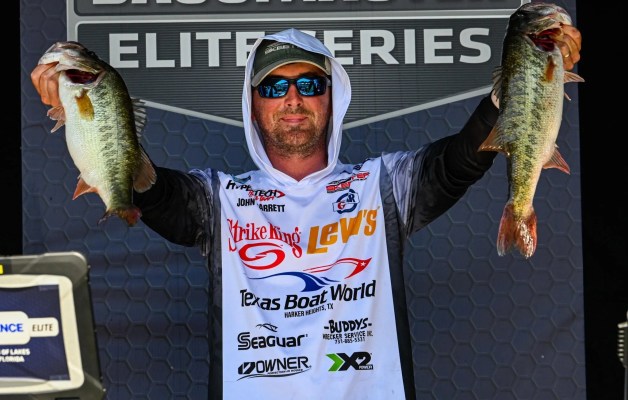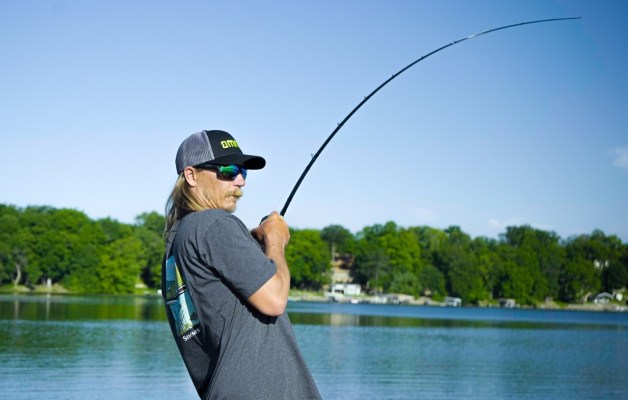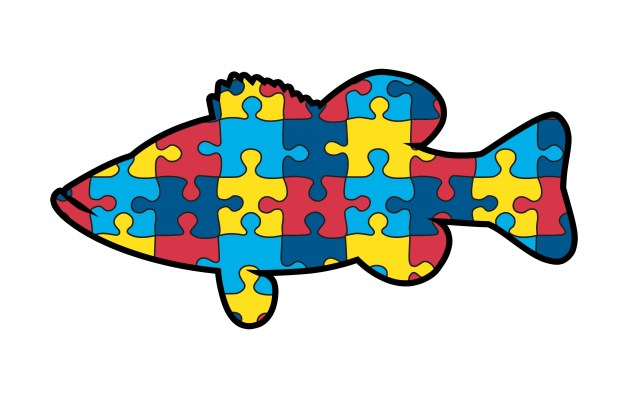Last week we talked about using a two-pronged approach to help us find the right late fall fishing spot. You'll recall we start searching with our electronics and finish up with our baits. That gives us a complete picture of what we are fishing and allows us to determine the right angle for the presentation.
This week we need to talk about how to catch the bass holding on those spots. Again, it's basically a two-pronged approach.
It's important to remember that these fish are still feeding heavily. With that in mind, I start with something that moves and elicits a reaction bite. For me that's a LaserLure crankbait. I want one that runs just a little deeper than the underwater structure and that matches the hatch.
With it I can catch most of the active fish. They'll smash it repeatedly, cast after cast so long as I maintain the correct line of the cast. But, like most good things, it'll finally come to an end. That's when I pull out my jig or Carolina rig.
If I throw a jig, it'll be a heavy, football-head style. I want that bait on the bottom where I can move it in a variety of ways. Remember that I've already caught the active fish. I need something that'll finesse them a little bit when a reaction bite doesn't interest them any more.
Finesse in this context means working carefully on, or near, the bottom. It's important to mimic the local forage as best you can. (I know a jig isn't always the best tool to do that at this time of the year, but you have to try. It's the only way I know to start cleaning up the school.)
The idea is to give the less aggressive fish a chance to get caught. If a jig doesn't do that, I usually switch to a Carolina rig. The big advantage to using a Carolina rig is that I can pull it slow or fast, or just let it sit still for a few seconds with a big, natural looking creature bait tied on it. That's really effective at certain times.
Another thing that you want to keep in mind is that the type of spots I'm talking about will replenish themselves over the course of a fishing day. Sometimes that takes an hour, sometimes several hours. It's trial and error until you figure it out. Either way, you can upgrade your catch by fishing the same spots all day long.
This pattern will hold in most places until the water temperature drops below 50 degrees. At that point the bass will be mostly in their true winter patterns — out, off the steepest vertical breaks they can find. We'll talk more about that later this fall.
Until then, don't let the nasty fall weather keep you away from the greatest catch of your fishing life.





